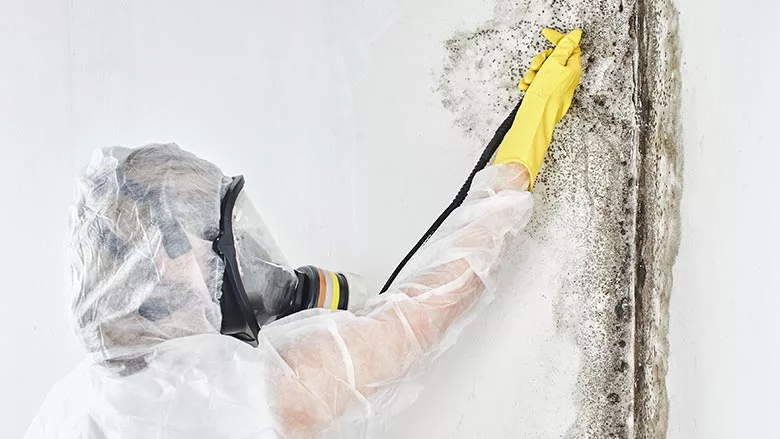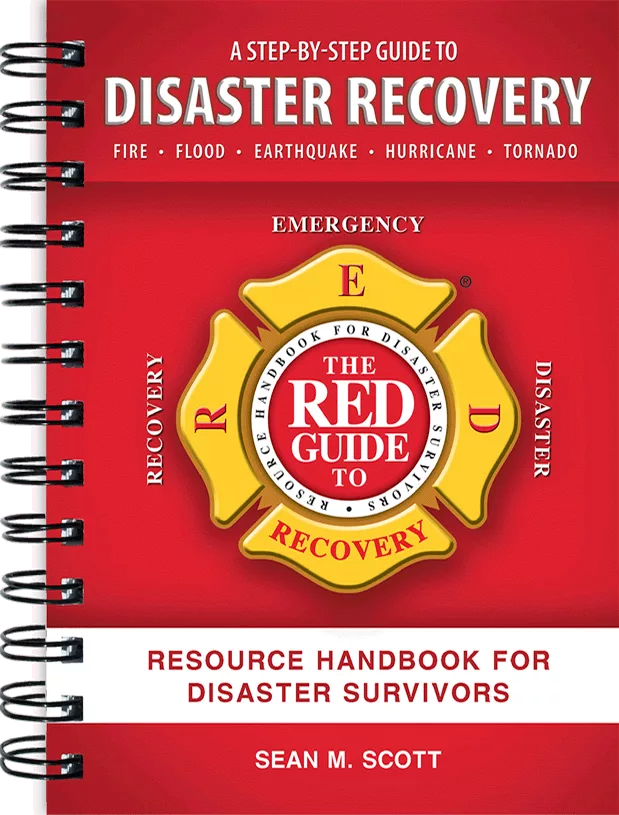Small Leak Leads to Big Loss: A Case Study
What began as a simple and slow water leak in an elderly woman’s main shut-off valve escalated over time to a substantial water loss and mitigation project. A quick and professional response, however, averted what could have become a much more involved and costly situation.

What began as a simple and slow water leak in an elderly woman’s main shut-off valve escalated over time to a substantial water loss and mitigation project. A quick and professional response, however, averted what could have become a much more involved and costly situation.
“It was a Friday evening call, after regular office hours,” Jon Sorensen, owner of Rainbow International of Greater Denver, said. “My father and I were working another restoration job when a call came in on my cell phone from a woman who had discovered a large water leak in her basement. I finished the job at hand and made my way to her home.”
What greeted Sorensen there was a good example of a small problem allowed to grow large. “The customer had a tenant who rented her basement as an apartment,” he said. “The tenant had not noticed the small leak initially, as it developed under a dresser next to a wall. However, when the leak began to effect carpet and furniture outside this area, for whatever reason the tenant didn’t alert her landlord.”
The customer noticed the damp carpet and water-stained furnishings during a visit downstairs and immediately recognized the need to call a professional for help. Her first call was not to Sorensen, however, but to another company. Her problems only compounded from there.
The original responder was not exactly what the customer had in mind. “She was an elderly widow and the first restorer who stopped by, frankly, scared her,” Sorensen said. “She related to us that he was a large individual with many visible tattoos. His appearance and rather gruff demeanor was not what she expected in a service professional.

As it turned out, the first restorer’s appearance was not the only thing that gave the client cause for concern. “He quoted her $300 to come in and mitigate the damage,” Sorensen said. “After we examined the situation, I could not honestly tell her $300 would come close to covering it. In fact, I feel confident in saying had she gone with the $300 job, her eventual mitigation costs and property loss would have far exceeded what an accurate and quality job cost.”
Having calmed the customer and gained permission to start work, Sorensen’s crew tackled the challenges at hand. The majority of the carpet and pad in the basement were soaked through, and a number of pieces of furniture had sustained substantial damage.

The only carpet the crew had to tear out was in the closet, where the largest concentration of mold was also discovered. “We used biocide to treat the limited but growing mold problem,” Sorensen said. “We also employed a Phoenix Xtreme Xtractor, a Phoenix 200 dehumidifier, a standard water claw and six fans.
“The real danger here would have come about if the customer had taken the first restorer up on his job estimate,” he said. “There’s fair pricing and then there’s price slashing to get a job at the expense of actually tackling the problem and doing right by the customer. I have a feeling the original restorer would have done just enough extraction at that price to make the carpet look and feel dry, but I guarantee you more than enough moisture would have been left to cause substantial mold growth and costly additional property losses.”
Sorensen estimates his crew removed approximately 150 gallons of water from the basement. The carpet and pad were restored to pre-loss condition, but a few pieces of furniture were lost due to their extended exposure to water.

Successful residential restoration work is a combination of professionalism and respect for the customer and their home and using the right tools and processes for the job. Undercutting price simply to land a job often leads to inferior work and more headaches and potential property damage and loss in the future. Using a system of checks and balances to ensure professional standards are met and exceeded is the best practice any restoration professional would do well to heed.
“It certainly worked for both us and the customer in this case,” Sorensen said. “The customer was very happy with the quality of the job we did and has asked us out to do additional work for her since that day.”
Looking for a reprint of this article?
From high-res PDFs to custom plaques, order your copy today!



